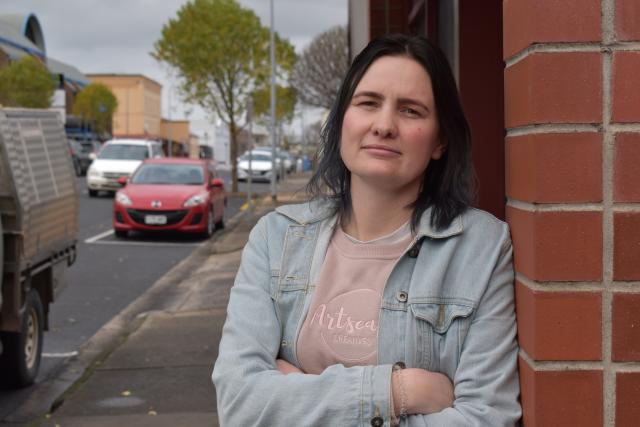
Charlotte Varcoe
THE ongoing housing shortage is causing difficulties with children in care being “shuffled around” as a carer calls on the State Government for better services and support.
Working in the industry, Mount Gambier’s Jaala Ashworth called on the government to do more in supporting children in need of care as staff shortages and multiple children in one house puts pressure on the system.
Ms Ashworth said staff were finding it difficult due to multiple children from different backgrounds and with different trauma responses being put in the same home.
“I feel like in regional areas we don’t get the same level of support that metropolitan people do and we don’t have the same offerings or enough houses to provide the kids with the support they really need,” Ms Ashworth said.
“We need houses where if someone needs to be removed, there are houses available and we don’t have to shuffle kids around or have them in hotels until there is a house ready for them.
“We need to be able to provide each individual kid with what they need, rather than having to place them in shared houses when they have conflicting trauma where they shouldn’t be placed together.”
Ms Ashworth also called on the government to help locally manage the homes to better support the children in need and provide them with the best opportunities.
“Having houses managed by Adelaide isn’t personalised and doesn’t go towards improving the children’s future the way it should,” she said.
“In regards to housing we really just need some two-bedroom units or homes so we can have more one-on-one care and although there is a housing crisis for everyone, these kids are in need and cannot be in the same line as everyone else.
“We need to jump the queue.”
She said carers were also dealing with young people in care who had been moved from town to town or from homes frequently before allowing them to settle down due to unavailability of homes.
“This has a big impact and if for whatever reason a young person gets evicted from the house, they are usually sent to Adelaide because there’s just no houses available for them,” Ms Ashworth said.
“We want to avoid removing these kids from the community they have connected with but if there are no houses in that area then they have to go to a metropolitan area or another regional town.”
She said more early intervention to prevent children going into care would also be beneficial as well as a safe haven for them to retreat to immediately.
Despite the difficulties, Ms Ashworth said there were benefits to the occupation, stating that when the children reach a milestone in their emotional development it made the hard work worth it.
“There are cases where it is rewarding and you see the real growth in the individual and you can see them learn to process their emotions in a healthy way,” she said.
“When we see these cases work out and they learn to trust adults and succeed in friendships it is such a positive experience but it can be marred by the blockages we face from lack of support.”
Ac.care chief executive officer Shane Maddock supported having two to four children per home, with the organisation operating five residential care homes in Mount Gambier.
Mr Maddock said ac.care operated the homes under a therapeutic strength-based care model which matched trained staff with young people in homestyle settings with the small number of children per home allowing for personalised support for each young person’s unique needs.
He said residential staff were some of the lowest paid staff conducting a difficult job, especially in country areas where there was not always sufficient support from therapeutic support and intervention services.
“We need increased funding for the sector to ensure greater stability of staffing and the ability to recruit and retain staff with appropriate qualifications and experience to ensure services are sustainable to provide young people with the stability they need,” Mr Maddock said.
“The best place for a young person is in a safe family environment, preferably with their own birth parents or kin or otherwise with foster carers.
“But residential care is an important child support service and often a good option for sibling groups or in some cases where young people have sadly experienced significant trauma and require a different type and level of professional support.”







